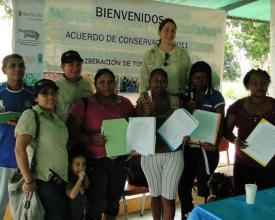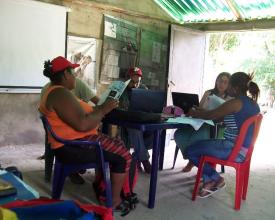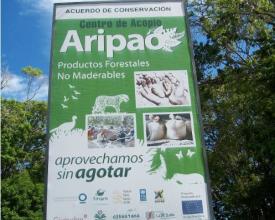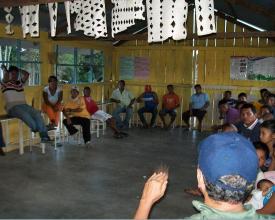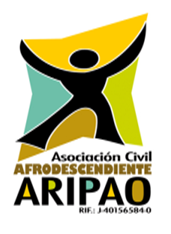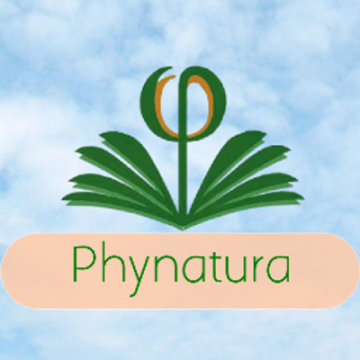
Achieving the sustainability of conservation agreements in El Caura, Venezuela
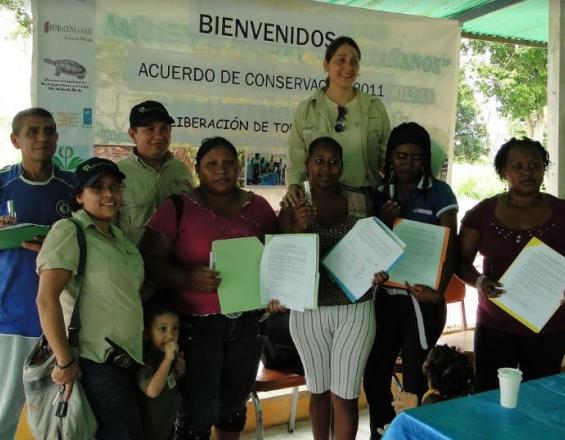
To achieve sustainability in conservation agreements in El Caura, Phynatura has generated social, financial and conservation capacities in local communities. Activities related to environmental education, environmental monitoring, accounting for small businesses, among others, result in conservation, local organization, marketing of non-timber forest products and trained communities. With all these elements that guarantee conservation in the Conservation Agreement Suapure within the Caura Forest Reserve, it is time to achieve sustainability through the consolidation of communities as the main actor in conservation agreements.
Context
Challenges addressed
In an economy with an uncertain future as the Venezuelan economy, simple actions become challenging. In the Caura basin, illegal gold mining offers a high compensation compared to traditional income. Therefore, achieving sustainability and adding other areas under this scheme in itself is a challenge. Actions such as the development of value chain analysis strategies to promote the commercialization, in fair and social terms, of other not-timber forest products with high potential in the region; consolidate the environmental education strategy based on conservation actions and benefits, with the development of knowledge at all levels of basic education and community workshops; and the creation of a trust fund with the long-term sales commitments of NTFPs, cooperation and donations to ensure that the conservation and sustainability actions of the agreements are really necessary.
Location
Process
Summary of the process
The Conservation Agreement is the instrument that supports the trisectorial alliance represented by civil society (NGOs), communities and the private sector. First, the NGO Phynatura created community capacities, designed and implemented monitoring programs, and measured the results and linking the different actors. Second, the local community of Aripao was organized into a Civil Association to be able to administer resources and implement actions. Third, Givaudan acts as the purchaser of the sarrapia (Dipterys punctata) a non-timber forest product collected by the community.
Once the activities reached a satisfactory result, other communities were invited to participate. In this case, the community of Aripao is responsible for generating the capacities of the indigenous community The Colonial, providing support from the design of the Conservation Agreement to the training of different activities such as environmental monitoring, harvesting sarrapia, accounting, among others.
In this way, the conservation agreement is a block where other blocks can be built, such as the inclusion of other communities in sustainable initiatives.
Building Blocks
Tri-sector partnership building
In order to define the Conservation Agreement, the partners adapted and applied the model of Tri-sector partnership building. The model helps build alliances between sectors with diverse interests aimed at promoting local sustainable development initiatives. In this case, we involed the community of Aripao, the company Givaudan, the buyer of the non-timber products from the forest and Phynatura, the organization of support and articulation.
Enabling factors
For this block to be successful, an effective communication process was necessary, indicating the priorities and commitments of each sector and generating capacities in those members who needed tools in the negotiation processes. Given that sarrapia is the product on which the alliance is based, it was clear from the beginning that the preservation of the forest and traditional knowledge were elements for which all sectors had to work.
Lesson learned
The tri-sector alliance depended on the construction of basic consensus among government authorities, civil society organizations and private companies, around priority issues or social issues for the three stakeholders. The success of strategies linked to sustainable development is facilitated when each sector knows its function making easier that communities that depend on natural resources to build sustainable livelihoods.
Conservation Agreement
With the signing of the 2012 Conservation Agreement, the project's governance stage was initiated by the Aripao community, initially organized around the Conservation Committee, and formalized in a separate legal entity called the Arpao Afro-descendant Civil Association (ACA Aripao).
The Afro-descendant Civil Association Aripao and Phynatura initiated a feasibility study for Conservation Agreements with the indigenous communities of La Colonial, El Cejal, Payaraima and Karana, bordering the Suapure Conservation Area.
Enabling factors
The indigenous communities showed interest in participate considering that their income and their territory could be improved. With the consolidation of the fair trade of non-timber products, the construction and operation of the collection center and the creation of the Civil Association Afro-descendants Aripao as an expression of organized community, the project begins to be accepted by the indigenous community as an alternative of livelihood, consolidating the sustainable development and the importance of conservation of natural resources.
Lesson learned
The construction of alternative governance in communities, through empowerment, capacity building and territorial self-recognition, has been key to the sustainability of conservation agreements, allowing us to overcome the institutional weaknesses of the government actors involved with environmental management and education.
Impacts
Currently, 149,600 hectare of forest in the lower Caura river basin (200 km from Ciudad Bolívar and 400 km from Caracas, Venezuela) are under conservation which represents 3% of the Caura river basin, reducing deforestation in 5.6% of the basin and protecting 210 fauna species. This conservation benefts 43% of the families from the related communities through direct and indirect impacts of international donors and trade of non-timber products.
Beneficiaries
The African descent people of Aripao, 60 families, and the indigenous community of La Colonial, 24 families, receive direct and indirect benefits from the commercialization of NTFP and compensation for environmental monitoring activities.
Sustainable Development Goals
Story
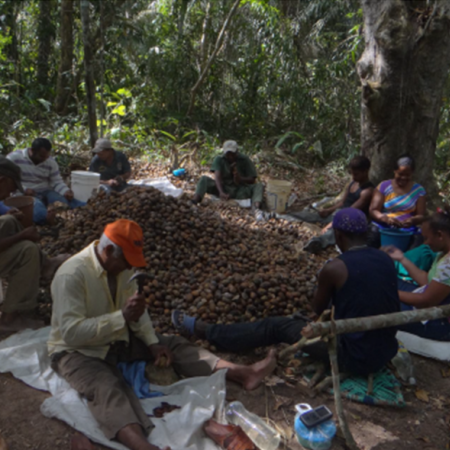
The people of Aripao have African origins; since the colonial era, they have largely gone unnoticed by modern Venezuelan history. At present, its inhabitants are considered as the first conservation community in Venezuela.
From it ancestral origins, the community of Aripao has based its survival on its relationship with the forest. Since its arrival in the Caura in the 19th century to 1960, it was a semi-nomadic population dedicated to the harvesting of forest products, fishing, hunting and small-scale agriculture. The height of the town occurred in 1840-50 when the world demand for natural forest products attracted immigrants from neighboring states. In that period, there were conflicts between the Aripao people and the family in charge, the Jimoes. This family occupied and exploited the Suapure forest. After the departure of the Jimoes, the Aripao people managed it collectively due to their deep knowledge of the forest and its economic link with the use of the almond of sarrapia or cumarú (Dipterix punctata), a product that today continues to bepart of their cultural identity.
The harvest of the almond of sarrapia has been one of the most important activities in these forests. "In the decade of the 30s and 40s the sarrapia harvest was the main activity where we all participated as a family and it was collected on a large scale", recalls Manuel Martínez, connoisseur of stories, legends and myths.
Today the threats of expansion of the agricultural frontier, logging, commercial hunting, and uncontrolled and intensified fishing are creating conflicts between the Aripao people and foreigners. Additionally, illegal mining of gold began upstream of the Caura river, undermining the tradition and culture of coexistence with the forest.
Faced with this situation and taking advantage of the tradition of harvesting the sarrapiales of the Caura, a Conservation Agreement in an alliance with Conservation International and the French perfume company Givaudan was made, preserving 116,000 ha of the forest with the commitment to sustainably harvest of sarrapia in exchange for economic benefits to the community. From this agreement, the recognition of the territory allows the land demarcation by the people to initiate the demand for their territorial rights.
